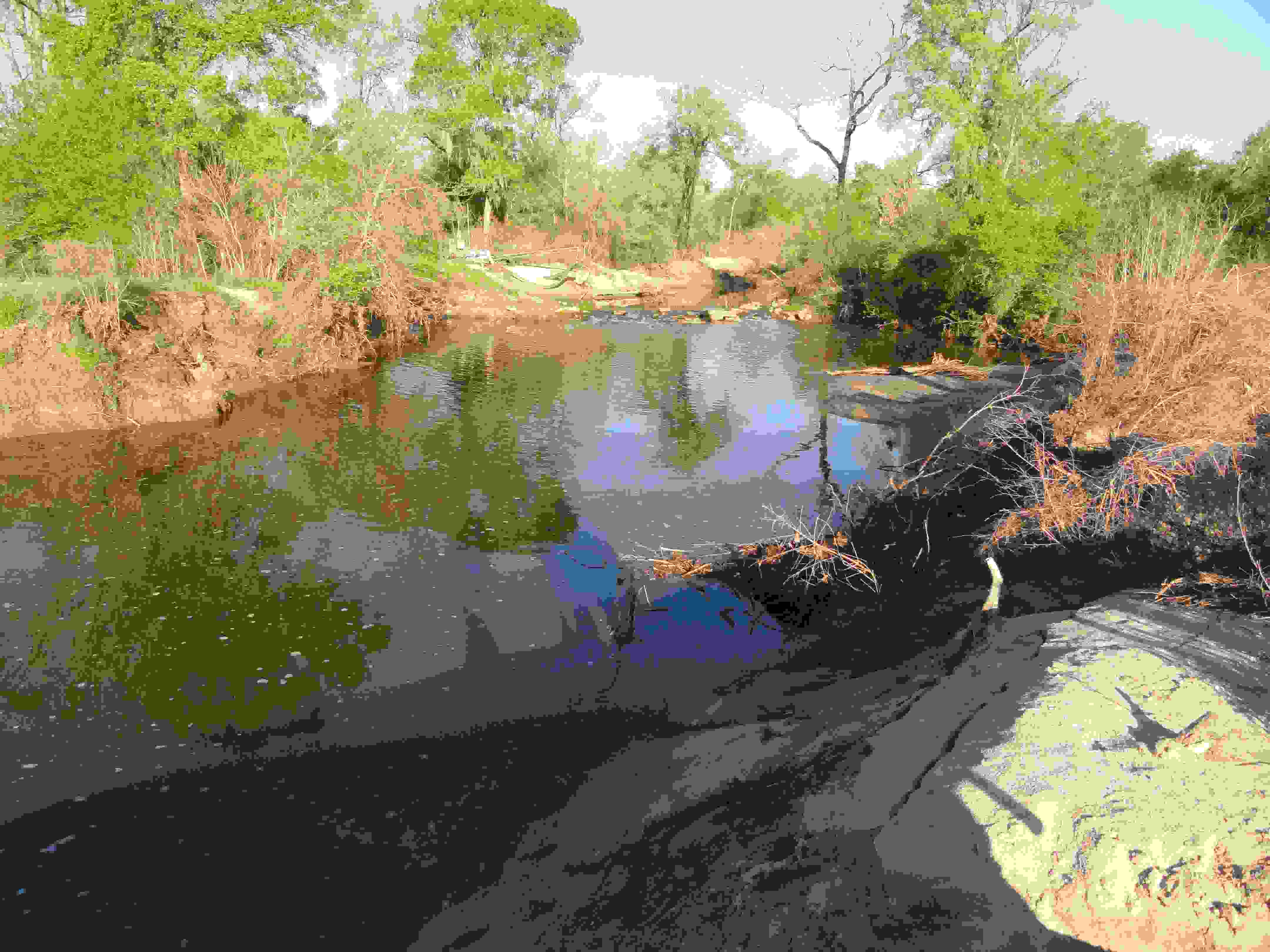The Texas Water Resources Institute (TWRI) created the Carters Creek Stream Team in late 2012 to expand the local water quality monitoring workforce and collect water samples across the Carters Creek watershed, which encompasses much of the Bryan and College Station area. The team provides water quality data from across the watershed that will aid in identifying potential sources areas for local bacteria impairments, said Lucas Gregory, Texas Water Resources Institute (TWRI) project specialist. The team is comprised mostly of Texas A&M University students and members of the local Texas Master Naturalist chapter along with a few other watershed stakeholders.
Carters Creek has been listed as an impaired water body by the Texas Commission on Environmental Quality (TCEQ) since 1999, Gregory said. Monitored E. coli levels in the creek were above and continue to remain above the state’s water quality standard established to protect recreation uses of surface water bodies. Burton Creek was also listed as impaired in 2006.
“To address this issue, a process to create a total maximum daily load (TMDL) and TMDL implementation plan were initiated,” Gregory said. “These documents establish an allowable load of bacteria that the creeks can carry and still meet water quality standards and also outline a plan to restore water quality,” Gregory said.
Through this process, watershed stakeholders realized that a better level of monitoring is needed, he said. “This is where the Carters Creek Stream Team comes in.”
Stream Team volunteers were trained and organized to take samples once a month, at 10 sites across the Carters Creek watershed. Gregory said more than 150 volunteers have participated in the volunteer training program and they are currently monitoring 10 different locations across the watershed.
“Volunteers are recording temperature, water transparency, total depth, dissolved oxygen, pH and conductivity,” Matt Brown, TWRI program coordinator said, “and they are also observing flow level, algae cover, water color, water clarity, water surface, water conditions, water odor, present weather, days since last significant precipitation, rainfall accumulation, and stream velocity.”
Drastic changes in one of those components can help pinpoint impairment sites, he said.
Volunteers also collect water samples and deliver them to TWRI staff who in turn delivers them to water quality labs at the city of Bryan and city of College Station. The city labs process these samples for E. coli and transmit the data back to TWRI. These data are later compared to E. coli levels in samples processed by the Soil and Aquatic Microbiology Lab in the Soil and Crop Sciences Department at Texas A&M.
Ultimately, data collected by Carters Creek Stream Team volunteers will be used to develop a watershed pollutant source and loading assessment that will be delivered to watershed stakeholders, Gregory said. “This report will hopefully inform decision makers on future management of local water resources,” he said.
To become a volunteer, Gregory said, an individual must go through a five-hour training that the Texas Stream Team, the parent organization, established. The training involves three phases that include trainers demonstrating all monitoring procedures and observational data recording to the volunteers, volunteers working through the analysis process with assistance from the trainers, and finally volunteers working through the monitoring process independently and comparing their results to those of the trainers. To pass the training, volunteer analysis results must be in agreement with the trainers.
TWRI has three certified Stream Team trainers on staff: Kirsten Hein, the Carters Creek volunteer monitoring program coordinator; Brown; and Gregory. They conduct trainings as needed and also coordinate monitoring across the watershed.
See the collecting samples videos.

